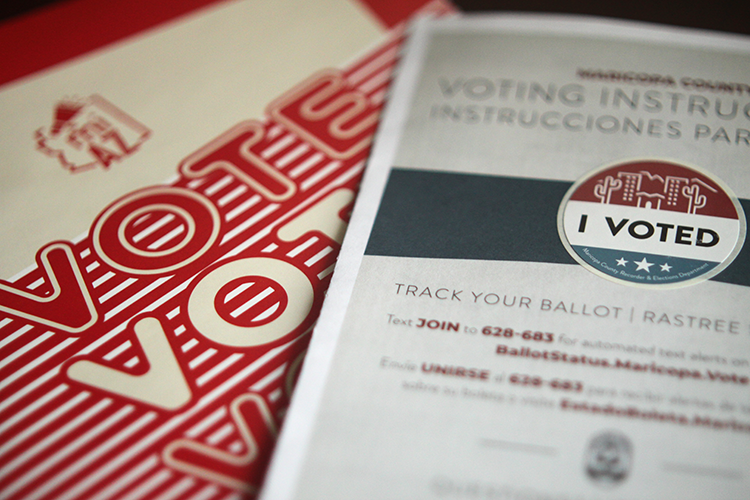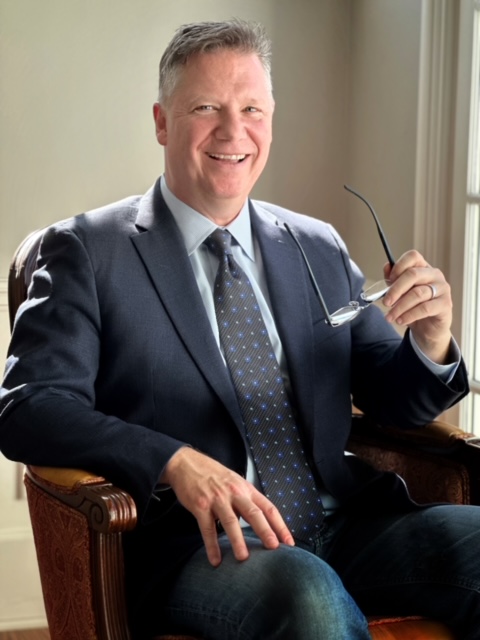Trial Tokens
Visitors to Herb Fenster’s Denver office might not look twice at the two toaster-size gray metal boxes pushed to the corner. But perhaps they should.
To the untrained eye, these boxes might seem like little more than a stubbed toe waiting to happen. But they are actually one-of-a-kind, digitally tuned, single-sideband radios developed by a long-defunct company for the U.S. military. Fenster ended up with them almost 40 years ago after representing the company in an intellectual property dispute involving the radios.
“The company was not interested in keeping them,” says Fenster, who also works in Washington, D.C. “I’ve taken them with me from office to office because I realized that they had some historic value.” Indeed, the Smithsonian Institution asked Fenster to donate the radios. He agreed just as soon as he can bear to part with them.
Usually, lawyers return or dispose of original evidence after a case is closed. But sometimes there’s that rare leftover item that just demands keeping.
Such was the case for Chicago plaintiffs lawyer Michael Cogan, who wound up with an expensive surgical device after lawyers for a hospital ignored his requests that they retrieve it. But Cogan doesn’t mind keeping it, even though it spans three feet when assembled.
The device was made for Cogan’s client to brace his head during spinal surgery. The client’s head fell out of the brace, rendering him a quadriplegic. He later died from the injuries. Cogan spent several years with the client and his family in their Lincoln, Neb., home while he pursued the case–and eventually won it in 2004.
The brace now sits in the war room of Cogan’s firm. “The device serves as a reminder of when things go wrong, how badly they can go wrong,” he says.
Emmett Lewis of Washington, D.C., holds another trial win souvenir, a cracked lens cover from a buoy. The buoy’s position off the Oregon coast became a point of contention when a ship ran onto the rocks, causing an oil spill.
Lewis worked on the litigation in the 1970s for the government. “It was a big deal: There were lots of lawyers, lots of parties and lots of class actions,” he recalls. “To win the case was something I took a lot of pride in.”
Keeping evidence is more common than one might think, says Chicago personal injury lawyer Patrick Murphy. His firm has leftovers ranging from the tail section of a Boeing 737 to a bottle from the Tylenol tampering cases of the 1980s, all housed in a storage facility.
But Murphy refused to warehouse one of his most poignant pieces: an endotracheal tube that paramedics used to try to revive a young girl who choked to death on a marshmallow while playing a classroom game.
The tube reminds him of the grueling trial and the toll it took on the girl’s family. “It was just an uphill grind,” Murphy says.
The Ultimate Teaching Tool
Tom Maxwell keeps an X-ray of a bullet-riddled leg in his office from his days as an assistant U.S. attorney.
But the film is more than a conversation piece for the Bridgeport, Conn., lawyer–it’s a teaching tool for the firm’s younger lawyers, who can pick up and examine real evidence and use it to practice trial advocacy.
Of course, old evidence can also spark a good war story. That’s one reason Dale Perdue keeps an old dressmaker’s dummy. The Columbus, Ohio, lawyer wanted to use the dummy in a wrongful death trial to show bullet entry and exit wounds. When it arrived in the courtroom fresh from use in a related criminal proceeding, it had been stabbed with metal skewers to mark the wounds.
Opposing counsel objected to the skewers, and they were removed from the dummy but not the courtroom. When Perdue’s expert took the stand, she stood next to the jury box, grabbed the skewers and jammed each one back into the dummy. Perdue still chuckles at the memory of the defense counsel’s request that backfired.



